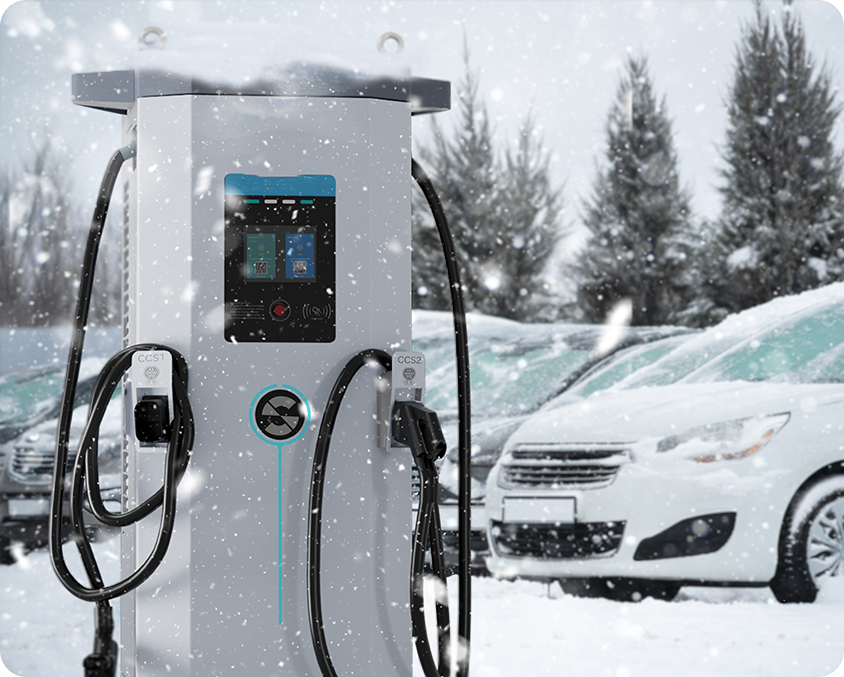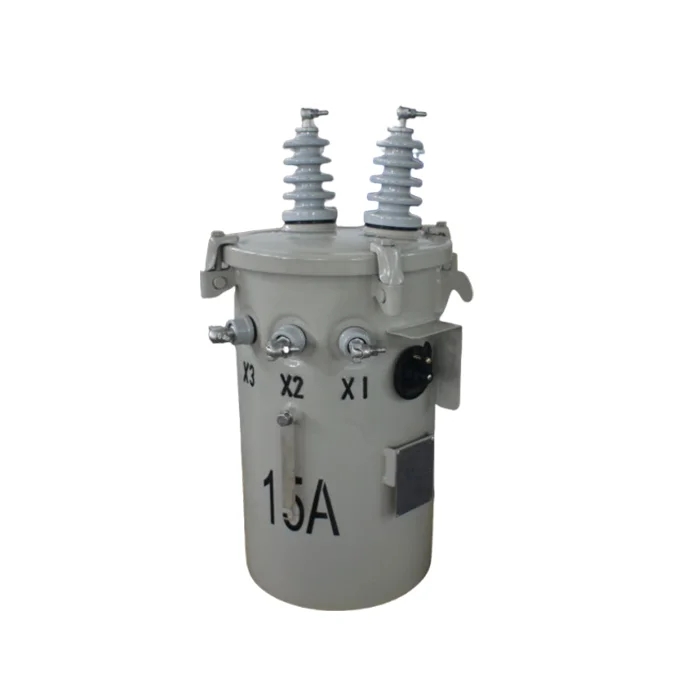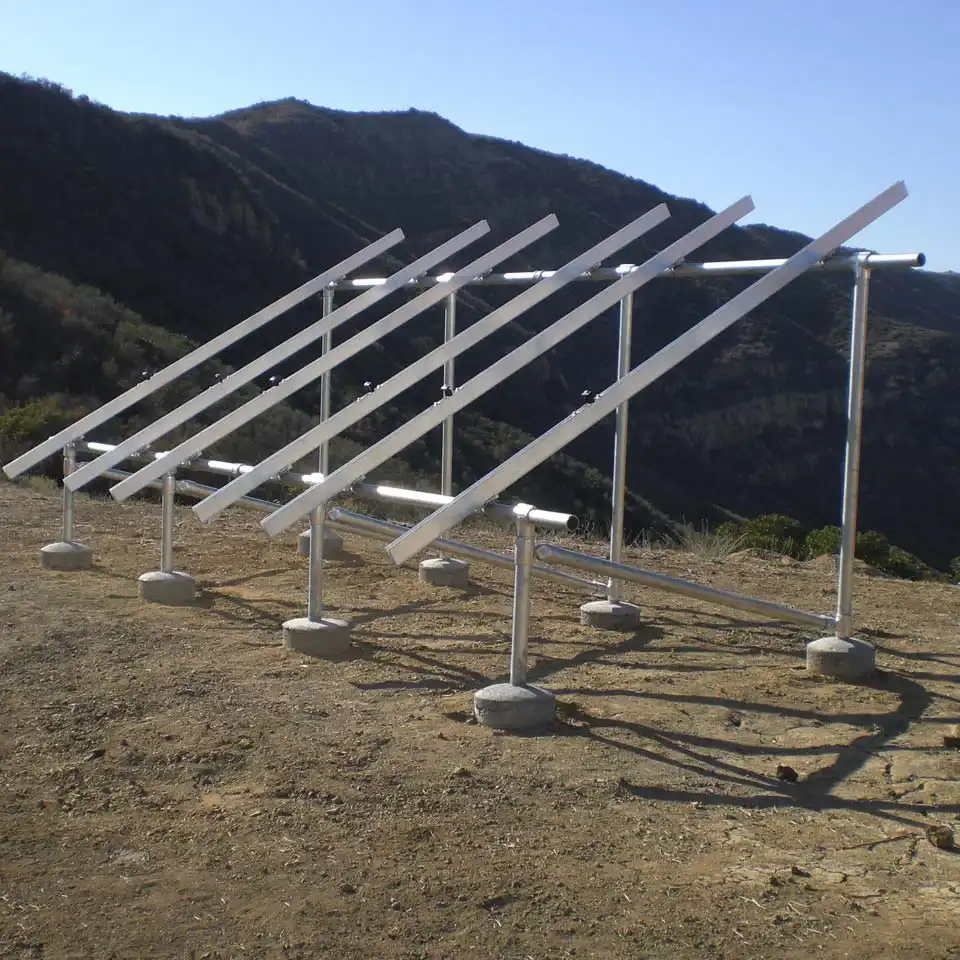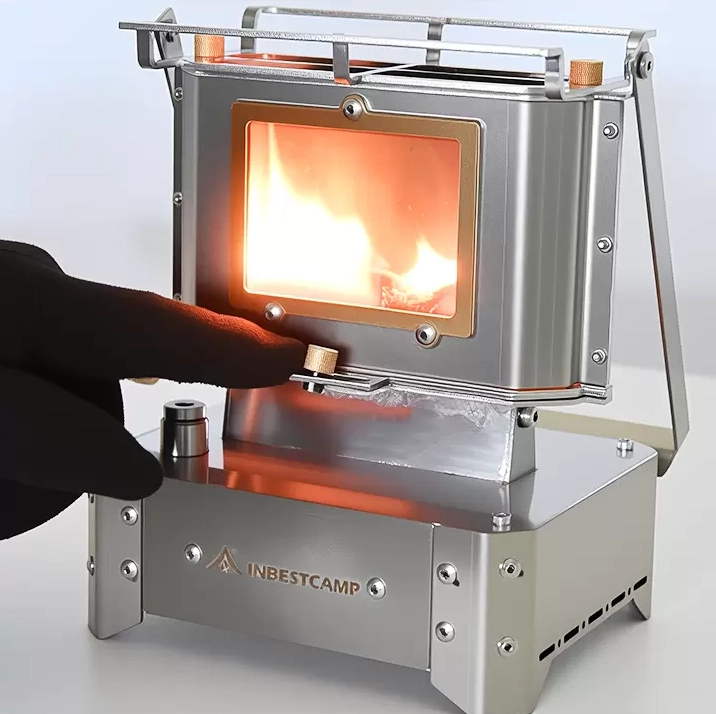The Hidden Dangers of Stagnation: What Happens If You Never Air Out Your House
In the modern age, where energy efficiency and climate control are prioritized, many homeowners may overlook a crucial aspect of indoor living: proper ventilation. While sealing your home can lead to lower energy bills and a more consistent temperature, neglecting to air out your house can have significant consequences. This article delves into the multifaceted impacts of failing to ventilate your living space, exploring health risks, structural implications, and environmental concerns.
The Health Risks of Poor Indoor Air Quality
One of the most immediate effects of not airing out your home is the deterioration of indoor air quality (IAQ). Indoor air can be up to five times more polluted than outdoor air, primarily due to the accumulation of volatile organic compounds (VOCs), dust, mold spores, and other allergens. Here are some health risks associated with stagnant air:
- Respiratory Issues: Prolonged exposure to poor IAQ can exacerbate respiratory conditions such as asthma and chronic obstructive pulmonary disease (COPD). Pollutants like dust mites and mold thrive in stagnant environments, triggering allergic reactions and respiratory distress.
- Cognitive Impairment: Studies have shown that poor ventilation can lead to decreased cognitive function. High levels of carbon dioxide (CO2) from human respiration can impair decision-making and concentration, leading to decreased productivity and increased fatigue.
- Increased Risk of Illness: Stagnant air can harbor pathogens, increasing the likelihood of illness. Viruses and bacteria thrive in poorly ventilated spaces, making it easier for infections to spread among occupants.
Structural Implications of Stagnation
Beyond health concerns, failing to air out your home can lead to structural damage over time. Here are some key issues that can arise:
- Mold Growth: High humidity levels, often exacerbated by inadequate ventilation, create an ideal environment for mold growth. Mold not only poses health risks but can also compromise the structural integrity of your home, leading to costly repairs.
- Wood Rot and Pest Infestation: Excess moisture can lead to wood rot, particularly in areas like basements and attics. Additionally, stagnant air can attract pests such as termites and rodents, which thrive in undisturbed environments.
- Condensation and Damage to Building Materials: Poor ventilation can lead to condensation on windows and walls, which can damage paint, wallpaper, and even the underlying structure. Over time, this can lead to significant repair costs and decreased property value.
Environmental Concerns
The implications of not airing out your house extend beyond personal health and structural integrity; they also have environmental ramifications:
- Increased Energy Consumption: Ironically, while sealing your home can reduce energy costs, poor ventilation can lead to increased reliance on heating and cooling systems. Stagnant air can cause temperature imbalances, prompting HVAC systems to work harder, thereby increasing energy consumption and carbon emissions.
- Contribution to Indoor Pollution: By not allowing fresh air to circulate, you contribute to the buildup of indoor pollutants. This not only affects your health but also contributes to broader environmental issues, such as climate change and air quality degradation.
Practical Solutions for Better Ventilation
To mitigate the risks associated with stagnant air, consider implementing the following strategies:
- Regularly Open Windows: Whenever weather permits, open windows to allow fresh air to circulate. This simple act can significantly improve IAQ and reduce humidity levels.
- Use Exhaust Fans: Install and regularly use exhaust fans in kitchens and bathrooms to remove excess moisture and pollutants. These fans help to expel stale air and bring in fresh air.
- Invest in an Air Purifier: High-quality air purifiers can help filter out pollutants and allergens, improving indoor air quality. Look for models with HEPA filters for maximum effectiveness.
- Create a Ventilation Schedule: Establish a routine for airing out your home, especially during seasons of high humidity or after activities that generate pollutants, such as cooking or cleaning.
- Monitor Humidity Levels: Use a hygrometer to keep track of indoor humidity levels. Ideally, indoor humidity should be between 30-50%. If levels are consistently high, consider using a dehumidifier.
Conclusion
Neglecting to air out your house may seem like a minor oversight, but the consequences can be profound. From health risks to structural damage and environmental concerns, the importance of proper ventilation cannot be overstated. By understanding the implications of stagnant air and taking proactive measures to improve indoor air quality, homeowners can create a healthier, more sustainable living environment. Remember, a breath of fresh air is not just a luxury; it’s a necessity for your well-being and the longevity of your home.





